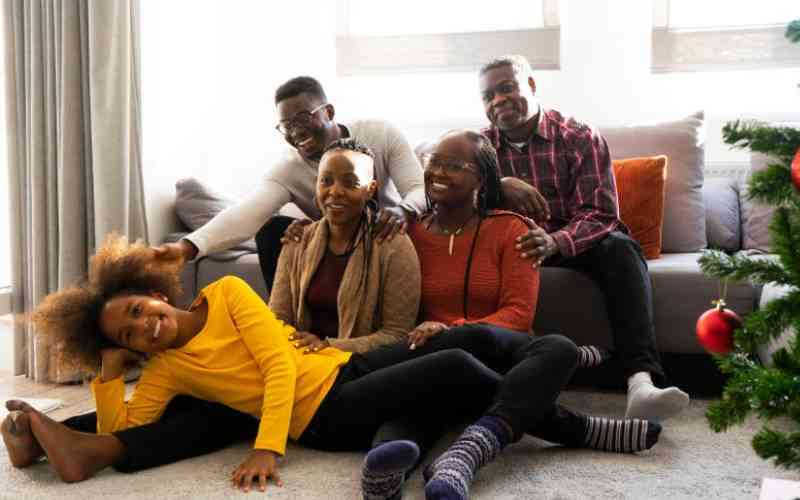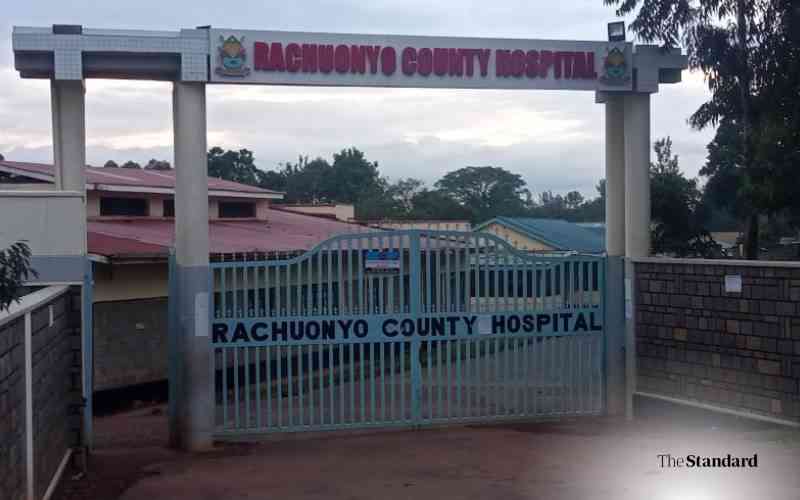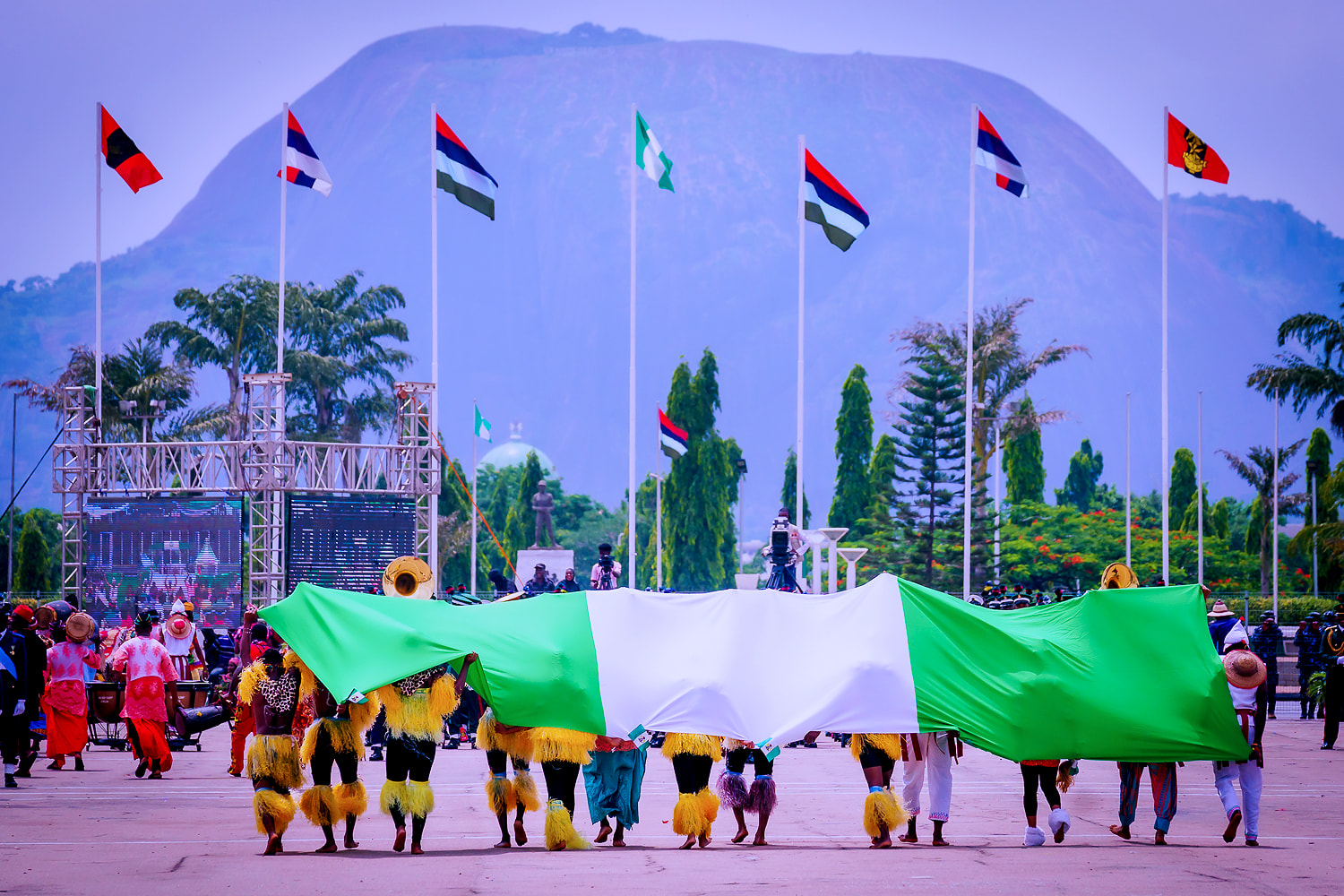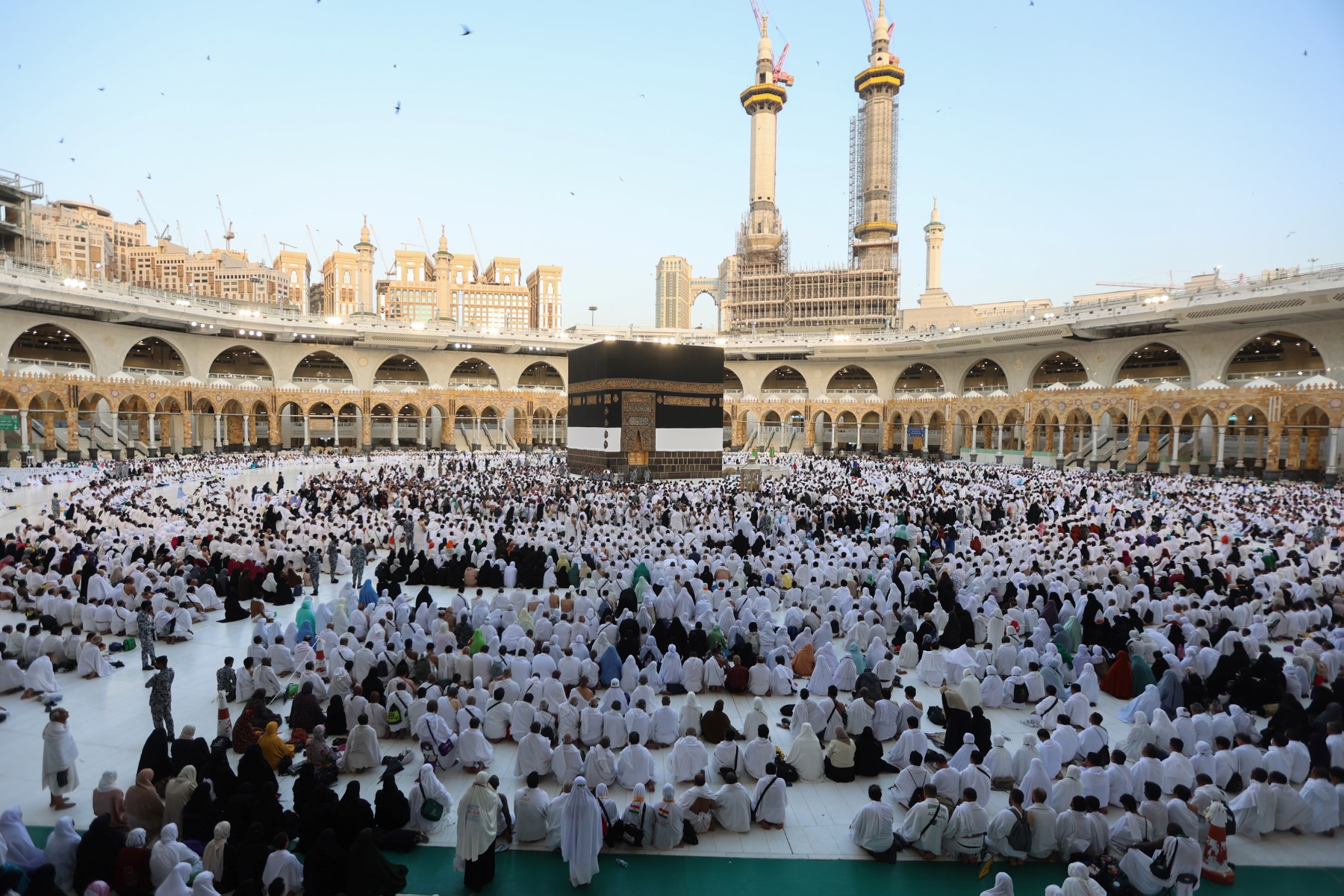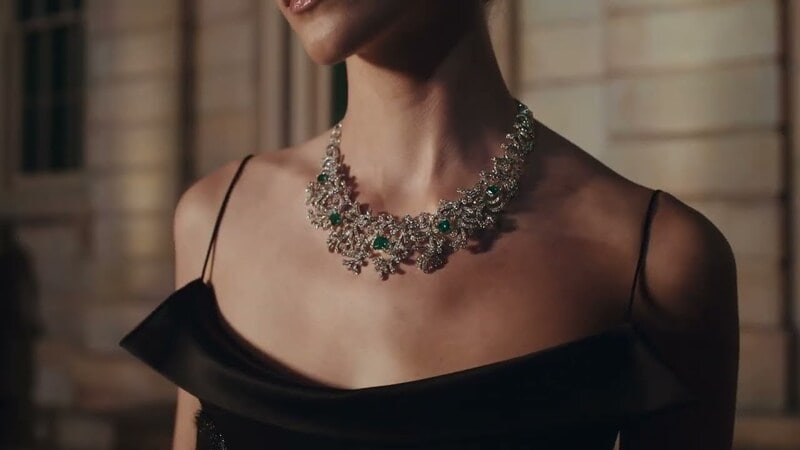What does the House v. NCAA settlement mean for Gophers athletics?

Picture via: University of Minnesota
The ongoing House v. NCAA settlement was officially approved on Friday, marking a new era of college sports. Schools are now legally allowed to pay their athletes directly, so what does it mean for the Gophers and the future of college athletics?
College athletes have been allowed to make money via name, image and likeness (NIL) deals since 2021, through third-party groups such as NIL collectives. The biggest change will be a new revenue-sharing model, which will come predominantly from TV contracts. Schools like the University of Minnesota can share up to $20.5 million of revenue annually with their athletes. That number will increase by 4% each year under a 10-year deal. Schools will have until June 15 to officially "opt in" to the model, something that Minnesota is fully expected to do.
The schools are given the freedom of how they want to spend the $20.5 million. Minnesota has not disclosed those details, but the expectation is that it will be distributed between five programs. The largest portion at big schools like Minnesota will go to football, and that will likely be around 75% of the budget. The men's basketball program will likely be around 10%, and then women's basketball, men's hockey and volleyball are expected to split the rest.
"We're in a changing landscape of college athletics," new men's basketball head coach Niko Medved said at his introductory press conference in March. "I believe Minnesota and the Big Ten, with what's moving forward, is going to be positioned from a rev-share, NIL perspective to compete. I believe the people from the top down understand that's what it's going to take for us to compete."
This landmark decision is hoping to bring order back to roster construction and recruiting in college sports. NIL deals will still exist, but every deal over $600 between a booster or collective with an athlete will need to be vetted by the new College Sports Commission to determine its "legitimacy."
The biggest holdup in the official approval of this settlement was an argument over roster sizes. Football rosters will officially be hard-capped at 105, men's and women's basketball at 15, and men's hockey at 26, among changes to other sports as well.
According to multiple reports, opt-in schools must "designate" athletes allowed by the settlement to remain above roster limits before the 2025-26 academic year. The roster size rules will slowly be grandfathered in over time.
Key settlement dates here: pic.twitter.com/L9fFXrKWLd
— Pete Thamel (@PeteThamel) June 7, 2025
This decision was made in hopes of bringing competitive balance back to the world of recruiting for schools like Minnesota. The biggest question now becomes, does this mark the return of backdoor deals? Schools like Ohio State, Michigan and Penn State simply have more money, and they will find a way to spend it.
There are still plenty of questions about how things will look going forward, but the floor has been dramatically raised for schools like Minnesota to pay their student athletes.
